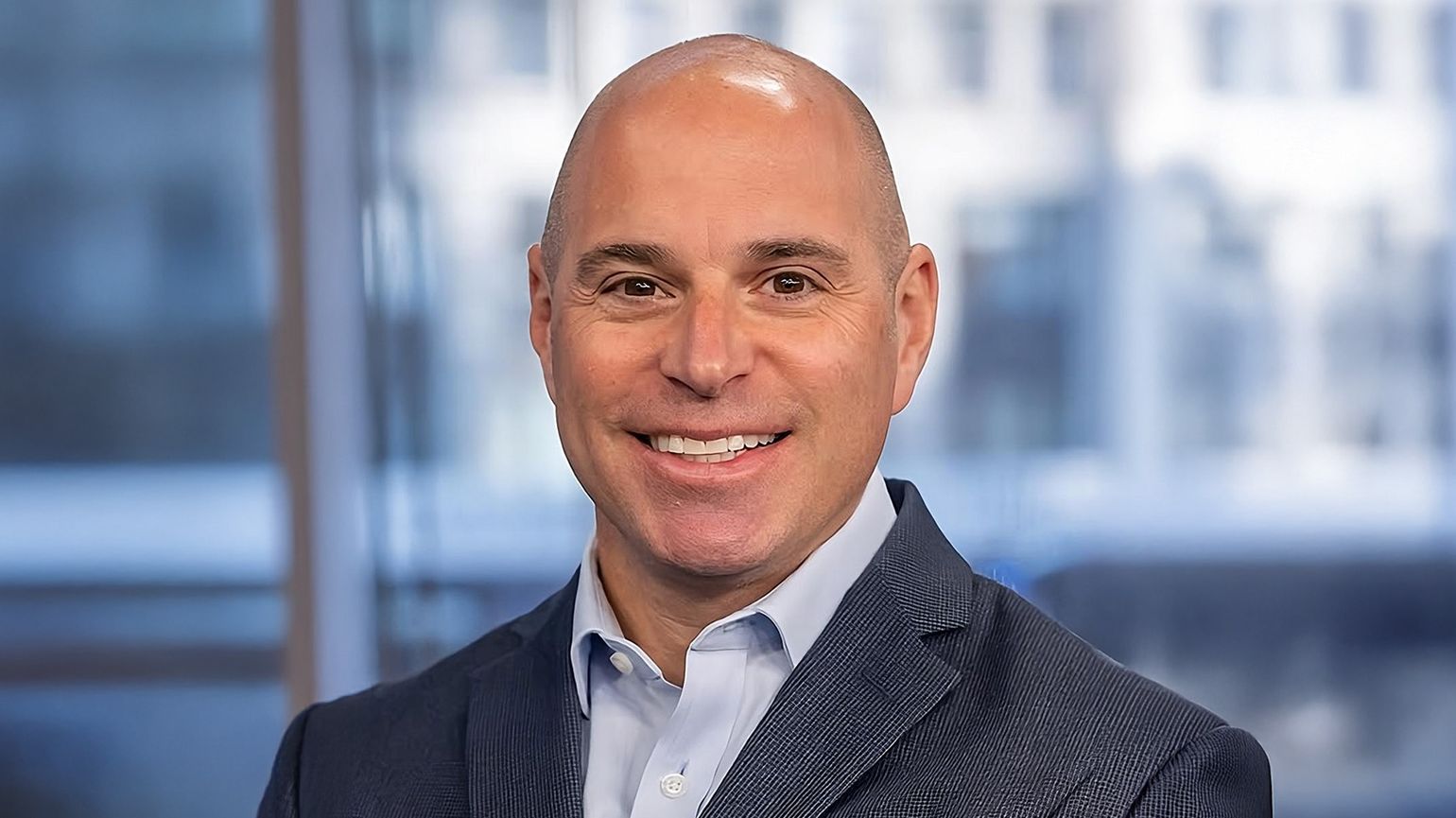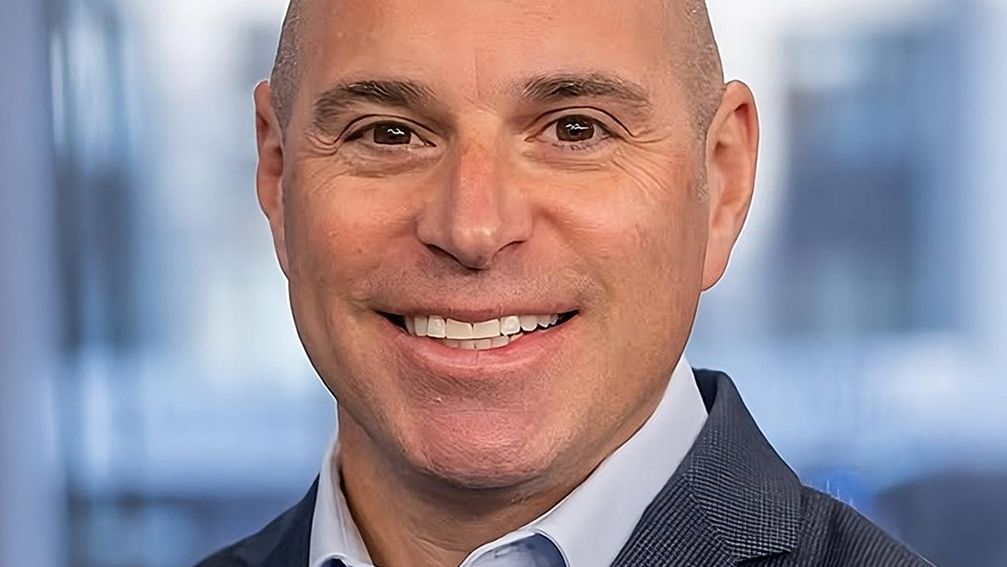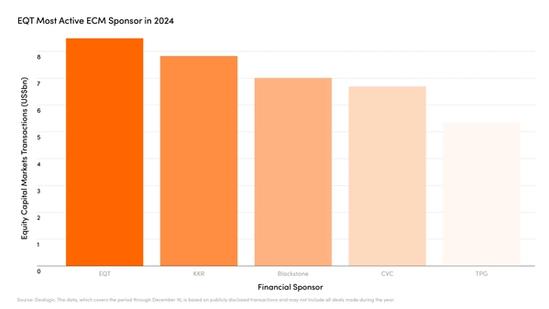How to Prepare a Company for an Initial Public Offering


Taking a private company public is a huge and complex step but can be rewarding for the growth prospects of the company itself, as well as potentially giving founders and early investors – like private equity funds – a positive return. We spoke to Jay Heller, vice president head of capital markets & IPO execution at Nasdaq, to learn more.
- An initial public offering (IPO) is when a private company lists on a stock exchange and sells its shares to the public for the first time.
An initial public offering (IPO) is when a private company sells shares of its stock to the public for the first time, thereby becoming a public company. Launching an IPO is also known as ‘listing’ a company, because the company and its shares will be listed on a stock exchange – such as the New York Stock Exchange, the Nasdaq, or the London Stock Exchange – after the IPO.
The decision to pursue a public listing is typically made by the company’s management team in consultation with their board members, says Jay Heller, vice president head of capital markets & IPO execution at Nasdaq. “In many cases, their investors such as private equity and/or larger scale venture capital firms will have a large say in the decision.”
An IPO often serves as an exit opportunity for existing investors and stock-holding employees in a company to sell their shares and realize profit from their investment. An IPO can also make it easier for a company to raise future capital.
Preparing for an IPO
Before bringing in third parties, such as advisers, to help with an IPO, companies need to decide whether they are ready for life as a public company. Going public comes with a lot of investor expectations and legal requirements.
This includes addressing ongoing compliance and regulatory requirements, operational effectiveness, risk management, periodic reporting and investor relations.
Often, companies bring in new management and board advisors to help prepare, Heller says. “It is also very common to hire a pre-IPO adviser to help with audited financials and develop an outline for the IPO process.”
Selling the IPO to the market
Once a company decides to move forward with an IPO, it will bring in one or several investment banks – known as a syndicate – to oversee the process.
The syndicate will coordinate the roadshow, a five-to-10 day period set aside to allow the company to meet with potential institutional investors to drive awareness for the upcoming offering.
“Once all the meetings have occurred, the investment banks will price the offering in collaboration with the company. The parties will review all the gathered indications of interest from potential investors and present a recommendation price to the company. This occurs during the pricing call, which occurs after the markets close the night prior to the IPO,” says Heller.
Factors affecting a company’s valuation ahead of an IPO include demand for its shares, how the company compares to other similar companies in its sector, its growth prospects, and the company’s ‘story,’ namely how much excitement there is about what it is doing or plans to do.
As well as setting the initial stock price to attract investors while maximizing revenue for the company, the investment banks also act as middlemen between the company and investors by buying shares directly from the company and then selling them on the market, in what is known as underwriting.
Finally, investment banks will assist with ensuring the regulatory compliance of the IPO, and with creating the documentation that must be filed with the regulator before the private company can go public, including financial statements and information about the company’s management and ownership.
Regulators’ role
Regulators will review the prospectus – a formal document providing details about the IPO to the public – to ensure it contains the information investors need to decide whether to participate in the offering. Regulators also have to approve the listing – companies that breach the listing rules of the country they want to IPO in can face heavy fines. The regulator can also bring charges against those who make false or misleading statements in IPO documents.
Heller explains how it works in the U.S.: “After a company identifies auditors, legal representation, and underwriters, they will look to file a registration statement with the SEC. For domestic U.S. companies, that filing is known as the traditional S-1. For foreign issues looking to sell shares in the U.S., the F-1 form will be submitted. Typically, at the same time, the company will also submit an application to the stock exchange of their choice.”
Prior to the IPO, a company will also select a ticker symbol, a combination of 1-4 letters representing a company’s security in the marketplace. Once a specific ticker is reserved and active for a company, no other entity may use it. For example, AMZN, for Amazon.
Choosing a stock exchange
To list and trade its shares on a stock exchange, a company must meet the liquidity and financial requirements of that stock exchange.
Listing requirements vary depending on the exchange but typically include minimum stockholder equity – the value of a company’s assets minus its liabilities – a minimum share price and a minimum number of shareholders. The Nasdaq, for example, requires firms to have 1.25 million publicly traded shares with a collective market value of $45m. Companies listed on a stock exchange must also pay the exchange’s initial and ongoing yearly listing fees.
Alternatives to an IPO
- DPO – Direct Public Offering (also known as a Direct Listing): At the time of listing on an exchange, a company does not engage underwriters. Typically, no proceeds coincide with this listing structure. This is a rare occurrence; however, two well-known examples are Coinbase and Spotify.
- SPAC – Special Purpose Acquisition Corporation: A SPAC raises capital similarly to an IPO; however, the capital raised sits in a trust account for a period of time until the sponsors of the SPAC find a target company to engage in an M&A transaction, then listing as a combined entity.
- Private placement: A private placement is a way for a company to raise capital by selling securities to a select group of investors rather than the public. This can be an alternative to an IPO or occur ahead of a public listing.
ThinQ by EQT: A publication where private markets meet open minds. Join the conversation – [email protected]



